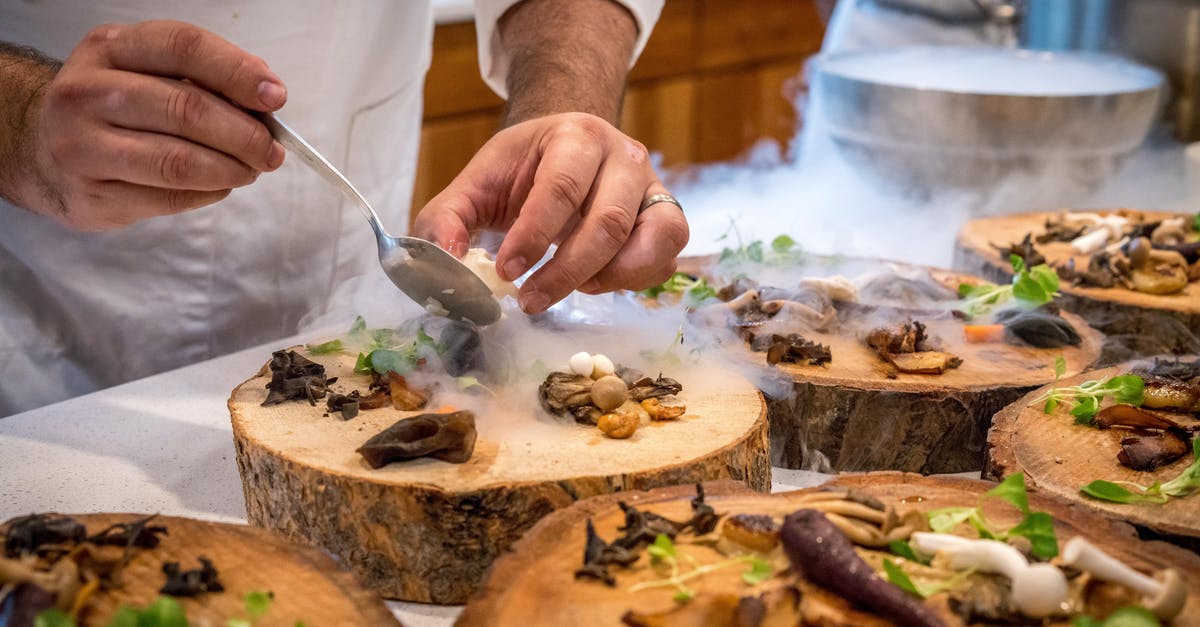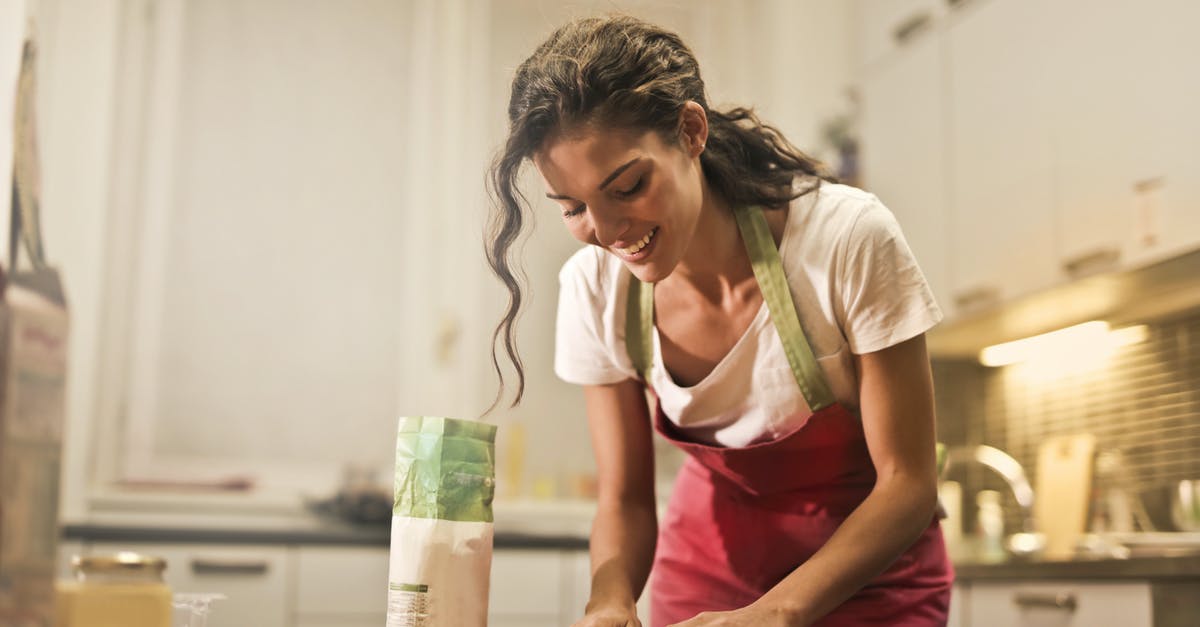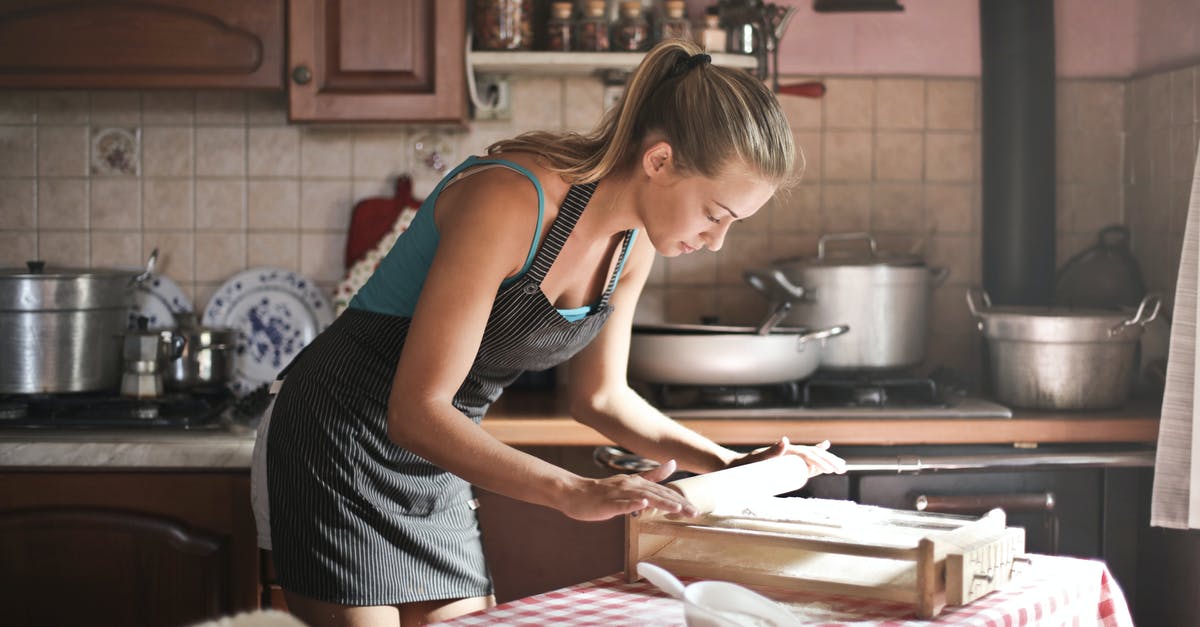How can I integrate molecular gastronomy into regular cooking?

I love the science-y, geeky side of cooking, and molecular gastronomy really appeals to me. I've been experimenting with it for a while. The issue I have is that it tends to become an end in and of itself rather than an integral part of a dish. This is a criticism that is often leveled at the molecular gastronomy chefs. While I can get some really "wow" textures, flavors, or presentations, I never feel like I have a coherent, integrated dish.
I don't think it even needs to be "regular", it just needs to be coherent and not gimmicky. The surprise/wow factor of the texture can't be the main point of the dish, it needs to be the flavor. For what it's worth, I think Grant Achatz probably does the best job of using molecular gastronomy to augment a dish rather than controlling it.
I've had some wonderful molecular gastronomy dishes, but they always seem to rely on the novelty of the presentation/technique as the main interest in the dish rather than flavor pairings. Whatever the molecular aspect of the cooking is, it's presented as the dominant aspect of the dish. I'm interested in incorporating it so that it enhances my dish rather than defining it.
How can I use molecular gastronomy as a part of a dish in an interesting way, without it just becoming a gimmick?
Best Answer
Wow. This is a big topic. As someone who is deeply interested in this cooking movement, let me try and suggest a few things.
First, reading this article would be a very good start. In it, Ferran Adria/Harold McGee/Heston Blumenthal and Thomas Keller (not exactly a man known for avant garde cuisine) put forth the position that in essence there is no such thing as molecular gastronomy, it is merely a logical continuation of cooking techniques that have stood the test of time.
Bearing that in mind, I think what you're asking is 'how do I paint from the new palette that Adria has spearheaded?'
The answer is both simple and complex. At its most basic, MG is about playing with perception, and tries to look at food in a couple of different ways. First is what is widely known as deconstruction: taking a well known dish and reimagining it in order to play up a specific flavour from the dish, provide the same flavours with new textures, or provide a new spin on the dish. Even something as simple as substituting a pancetta cracker on a Caesar salad instead of lardons is fundamentally deconstructive in its approach.
What Adria does is out there at the absolute bleeding edge of cuisine. He views texture and flavour as separate things, and during their working sessions at elBullitaller and in the restaurant (which is, sadly, closing as a restaurant on 31 July of next year) they focus on presenting interesting flavour and texture combinations. Blumenthal and Achatz, by contrast, aim at providing more recognizable food and trying to make the 'molecular' processes in the dish more transparent.
So look at some of the things you make on a regular basis. How can you highlight a specific flavour? How can you change perception of the dish? As an example, I was thinking last night of making bite-size creme brulee; encapsulate the creme using the calcium/alginate method and set with gelatine, make spheres. Modifying Adria's technique for his pumpkin oil sweet (from A day at elBulli), one can then coat the whole thing with a crunchy layer of caramelized isomalt. Alternatively, use his method for adding a layer of caramel to an egg yolk. Voila... reimagined dish that everyone will recognize in flavour, but very different in texture and how it behaves in the mouth. Garnish and so on are then up to you.
But that may be going too far for you. So let's look at some other ideas. A restaurant I used to work at served a sous vide short rib that was actually two pieces of (bone out) short rib meat glued together with transglutaminase, allowed to bond overnight, then cooked sous vide for 24 hours until medium rare all the way through. Beyond that, the rest of the dish was grounded very solidly in classic French technique. To the guest, the 'molecular' aspect of the meal was entirely transparent.
Or consider the classic combination of smoked salmon/dill/lemon/cream cheese. You could make a foam of the cheese (to reduce the claggy mouthfeel while sacrificing no flavour), mix in encapsulated lemon caviar (to provide a textural counterpoint when your guest crushes it with their teeth), and dress the whole with a dill oil. Same flavours, slightly different textures... and it's all 'molecular.' You could go way out there and infuse the cheese with the flavour of smoked salmon, or make a smoked salmon cracker or whatnot, but I think that is going too far for you.
A dish I was working on at the restaurant (and have had to abandon for now, due to switching jobs) was a simple coconut cream pie, deconstructed into a napoleon-esque stack. But instead of pastry, I made coconut crackers with methylcellulose and coconut water. The pastry cream was made with coconut milk instead of cream (note: you need to leave the cream overnight for the flavour to develop properly; also ensure you cook it long enough to cook out the cornstarch). To be served with a toasted coconut macaroon of sorts (coconut bound with barely enough lightly whisked egg white to hold it together, baked until toasted) and a white chocolate and lemon sable cookie to provide the missing pastry flavour, and a little chantilly enhanced with Malibu rum. Again... molecular elements, but largely transparent to the diner. The focus was on providing the most intense coconut experience I could come up with.
At its base, MG is really about finding the truest and purest expressions of flavour. If you look at most MG-centric dishes, they focus on a single flavour with everything else on the plate providing a supporting or contrasting role. Not all that different from classic techniques, is it?
One of the other approaches to creating a new dish that Adria uses is to consider a single ingredient, and what works well with that. Exploring flavour compound databases is a really good way to go about this process. Here is one that I find useful, even if the design is stuck somewhere circa 1995. It is a method that Blumenthal uses extensively, which is how he came up with his salmon coated in licorice (not that far a stretch, given the affinity of tarragon and fennel for fish), as well as the sounds-bizarre-but-is-delicious combination of cauliflower and chocolate. Easy recipe: clean and cut your cauliflower into florets. Dust lightly with cocoa powder, coating each piece. Shake off excess. Season with salt and pepper, roast approx 15 minutes at 375. Sounds weird, yeah? Well, turns out that cauliflower and chocolate both share distinctive flavour chemicals. So they go well together.
At its heart, molecular gastronomy really is just the same classic techniques we are familiar with. The key difference is that it asks three questions:
- How? (do we make this better/enhance this flavour/provide a new texture)
- Why? (do we put these flavours together/cook things this way/follow these steps)
- Why not? (do it differently)
I think I will stop my rambling here. I hope it helps. And I will leave you with three incredible blogs (one of them courtesy of Michael at Herbivoracious).
Playing With Fire and Water - truly spectacular molecular-influenced cooking. Ideas in Food - Wonderful. Molecular weaves in and out of what they are doing. Studiokitchen - Questions a lot of sacred cows, aims at making molecular transparent to the guest.
Pictures about "How can I integrate molecular gastronomy into regular cooking?"



Quick Answer about "How can I integrate molecular gastronomy into regular cooking?"
How does molecular gastronomy contribute to modern cuisine?
It is the study of molecules as they relate to the chemical and physical processes of cooking. By discovering the food science behind cooking, molecular gastronomy is able to explain why some recipes fail and others succeed and which ingredients and techniques are optimal.What is a cooking method used by molecular gastronomy?
Spherification is arguable the commonly seen molecular gastronomy technique. It basically uses chemical reactions to \u201ctrap\u201d liquid ingredients with an extremely thin, tasteless membrane, forming clear \u201cbeads\u201d, which look like pearls or caviar eggs.What two science does molecular gastronomy incorporate into its cooking methods?
Molecular gastronomy seeks to generate new knowledge on the basis of the chemistry and physics behind culinary processes\u2014for example, why mayonnaise becomes firm or why a souffl\xe9 swells.More answers regarding how can I integrate molecular gastronomy into regular cooking?
Answer 2
On the more "regular" side, making fluid gels by setting with agar etc and then pureeing is a nice modern technique. It gives you a sauce that will sit still on the plate, but feel liquid in your mouth, due to shear thinning (just like ketchup). This is a nice technique because it doesn't appear particularly showy, but lets you make intensely flavored, pure colored sauces from just about anything.
Answer 3
Good question.
I think you need to try and use the techniques to enable things that you couldn't do in any other way, and not just to do something for the sake of it. This could include:
- Making gels that are heat resistent so you can do things which would melt 'ordinary' gels. Like make a jaffa cake ball, with a cakey bit and an orange jelly, which is all dipped in hot chocolate. Some other gelling agent other than gelatin (like agar or gellen) will allow the orange jelly to survive the hot chocolate dipping.
- use meat/fish glues to stuff meat/fish pieces without needing to wrap them or coat them to hold together
- stabilise fats with tapioca maltrodextrin to enable the flavour to be used in a solid form. I've seen this done with stabilised bacon fat and a tomato jelly and lettuce foam to make a bite size stack of essence of BLT, which was solid on the plate, but became a liquid mouthful of BLT flavour when you started to eat it.
If I think of any more examples I'll add them later.
or are these sorts of things not 'regular' enough?
Answer 4
I would suggest that a good course of action is to base the dish on a familiar starting point, and use the MG techniques to augment it. The best example I can come up with is a good cut of meat, done just right in the classical way. To this, you add some assisting flavour elements, of the sort that you might normally use, but with the MG "wow factor" added.
If you were in a south-American mood, you could have a good steak, and then prepare a molecular version of chimichurri (spelling?), with a completely different texture, which would be cleaner to eat, and would complement the texture of the meat by melting in your mouth.
Another idea is to completely invert the above. Use MG for the central ingredient/flavour/component, and more normal techniques for the assisting flavours.
The only idea I can come up with of the cuff is a sort of foamy spiced potato pyramid. It will contain the flavour of potatoes roast with spices (cumin, paprika. turmeric, cayenne) and the texture of slightly stiff mousse. To this, you add flavourful sauces on the side prepared in the usual ways. Aioli, thickened gravy, or even ketchup for a laugh would work.
My point is, I guess, to only swap out one component of the dish, and not start from the ground up with the whole thing.
Answer 5
Here's my simple answer. Molecular gastronomy at it's core is simply using your knowledge of what's happening at a molecular level during the cooking process to achieve the outcome you want. So understanding how protein structures react to heat and what temperature is needed to produce a Maillard reaction for browning.
So just start there. Gather as much knowledge as you can about the science of cooking and you'll never again sear a steak to seal in the juices. If you don't have Harald McGee's "On Food and Cooking", that's a great place to start, though I think his new "Keys to Good Cooking" is going to be a great practical guide.
Sources: Stack Exchange - This article follows the attribution requirements of Stack Exchange and is licensed under CC BY-SA 3.0.
Images: ELEVATE, Karolina Grabowska, Andrea Piacquadio, Andrea Piacquadio
